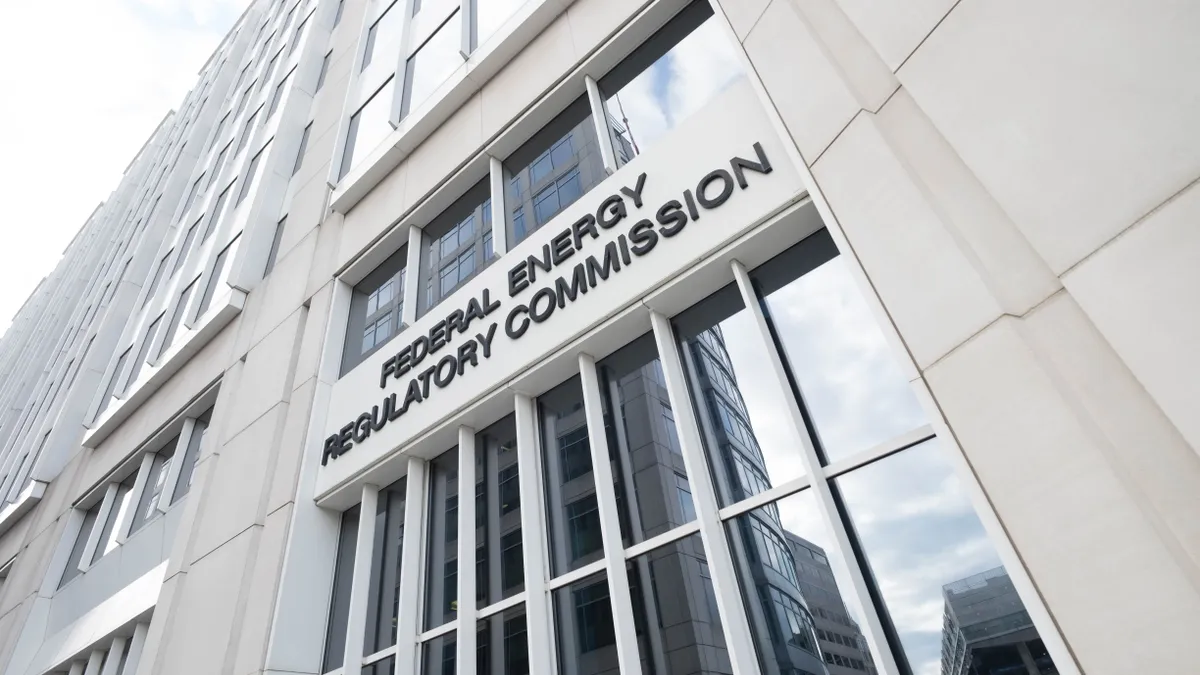The following is a contributed article by Tanya M. Larrabee, an attorney at Sherin and Lodgen.
In the wake of a rapidly evolving renewable energy industry, the Federal Energy Regulatory Commission (FERC) is taking steps to modernize the Public Utility Regulatory Policies Act of 1978 (PURPA).
On September 19, 2019, FERC released a Notice of Proposed Rulemaking (NOPR) to address changes made to the renewable energy markets since FERC first enacted PURPA's rules in 1980. FERC accepted comments on the NOPR from stakeholders until December 3, 2019.
One of the most significant changes offered in the NOPR is the elimination of the fixed energy rates currently afforded to Qualified Facilities (QFs) under PURPA. The Commission proposed allowing states more flexibility with how they calculate the avoided cost rate and allowing states the option to replace the QF fixed energy rate with a rate that varies with time, dates or market price fluctuations.
Renewable energy developers often rely on financing for the initial development phases of their projects. The elimination of a known monetary asset creates uncertainty for a project’s long-term viability and could cause lenders to require additional sources of security, adding additional time and costs to a project. Some lenders may even pass on financing the project because the risks are too high.
The proposed changes to a QF’s funding mechanics could have broader impacts for the renewable energy industry. Increased costs for renewable project development could negate or reverse the cost reductions the industry has benefited from in the past few years for solar and other technologies like storage.
If implemented, the biggest impacts of this aspect of the NOPR will likely be felt by QFs in states that operate outside of the established regional transmission organization’s wholesale markets — where QFs rely on the fixed energy price contracts to attract financing. However, a majority of the NOPR’s content delegates additional price setting discretions to state regulatory authorities.
As states’ renewable energy policies become more mainstream and renewable energy generation projects become more common, states are beginning to garner more and more regulatory and jurisdictional oversight over these resources. The Commission’s move to further allow states more administrative oversight over renewable development may have a chilling effect on ISOs' and RTOs' desire to further integrate renewable resources into their market structures, making it harder, not easier, for renewables to participate and earn revenues from wholesale markets.
The Commission also proposes to expand the so called “one-mile rule” to allow for facilities located fewer than ten miles apart to be considered a single facility, restrict the applicability of the rebuttable presumption that small-sized QFs do not have access to non-discriminatory markets, require states to establish reasonable criteria to ensure that QFs are commercially viable before being issued a contract, and allow entities to challenge the self-certification or re-self-certification without having to file and pay for a declaratory order.
The Commission’s proposed changes to PURPA are still in the early phases of the federal rulemaking process, and the Commission may implement additional edits in response to public comments before it moves to the states for implementation.
Developers who are considering QF projects, and owners of QFs operating under the current language of PURPA, should closely monitor this rulemaking through both the federal and state processes so they are fully aware of any changes in law that effect how their renewable facility receives compensation.
Correction: An earlier version of this article contained two misstatements on FERC's proposal. The proposal may be updated in response to public comments, but it does not require Congressional approval. In addition, a majority of the proposal delegates additional price setting discretions to state regulators. The article has been updated.














